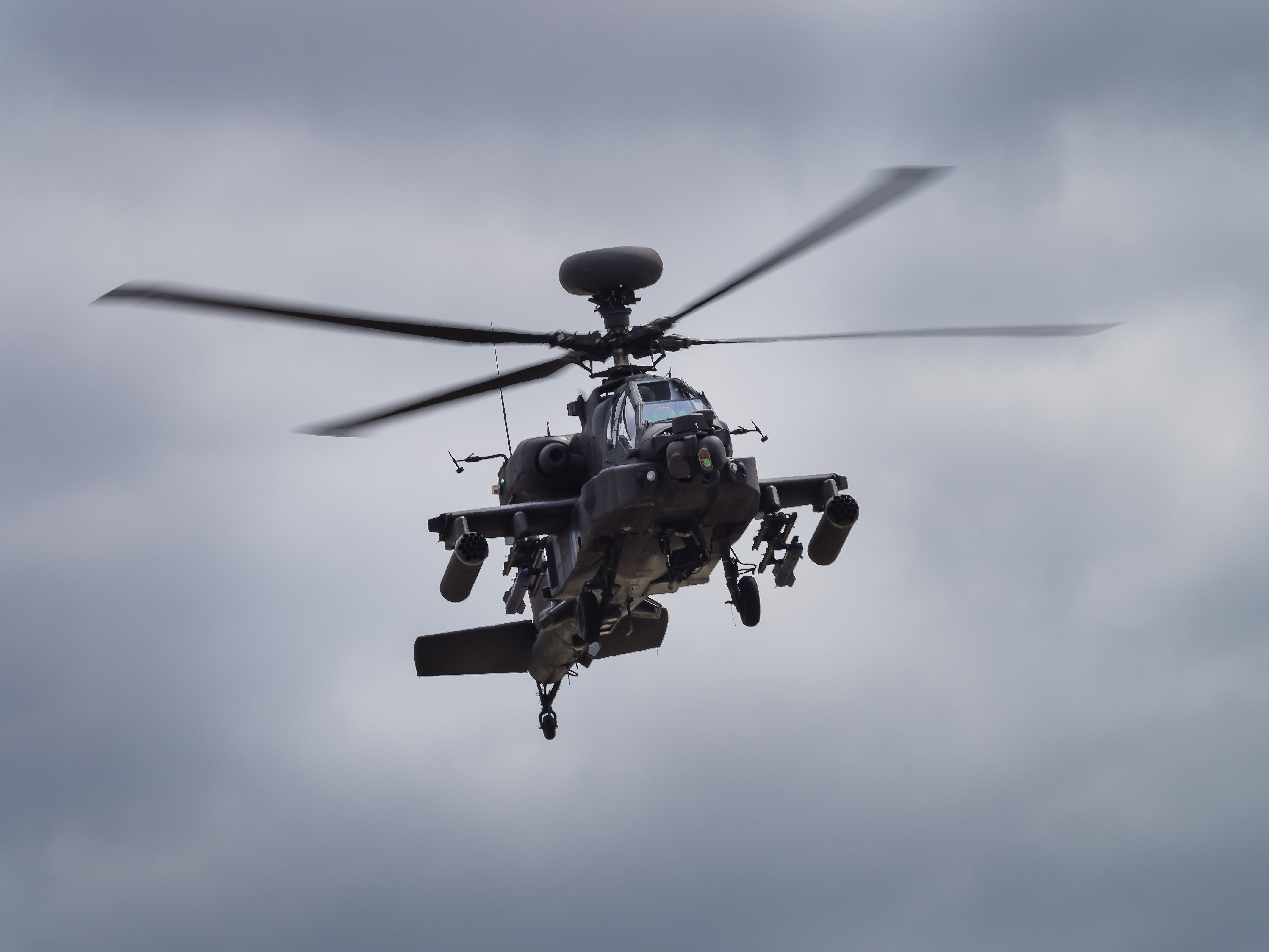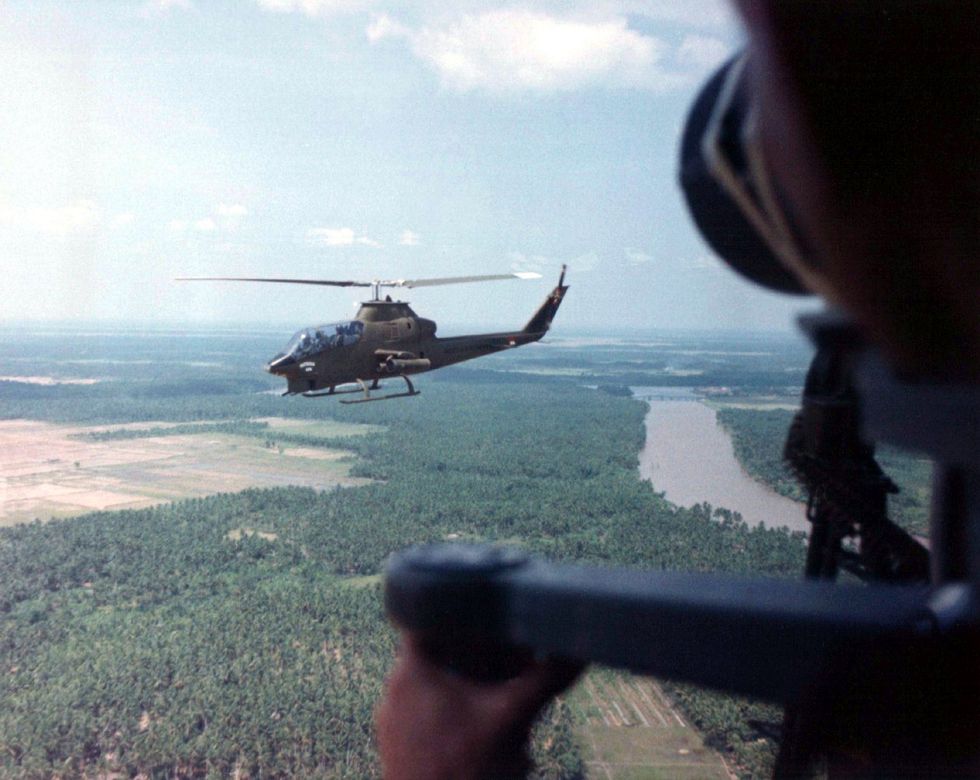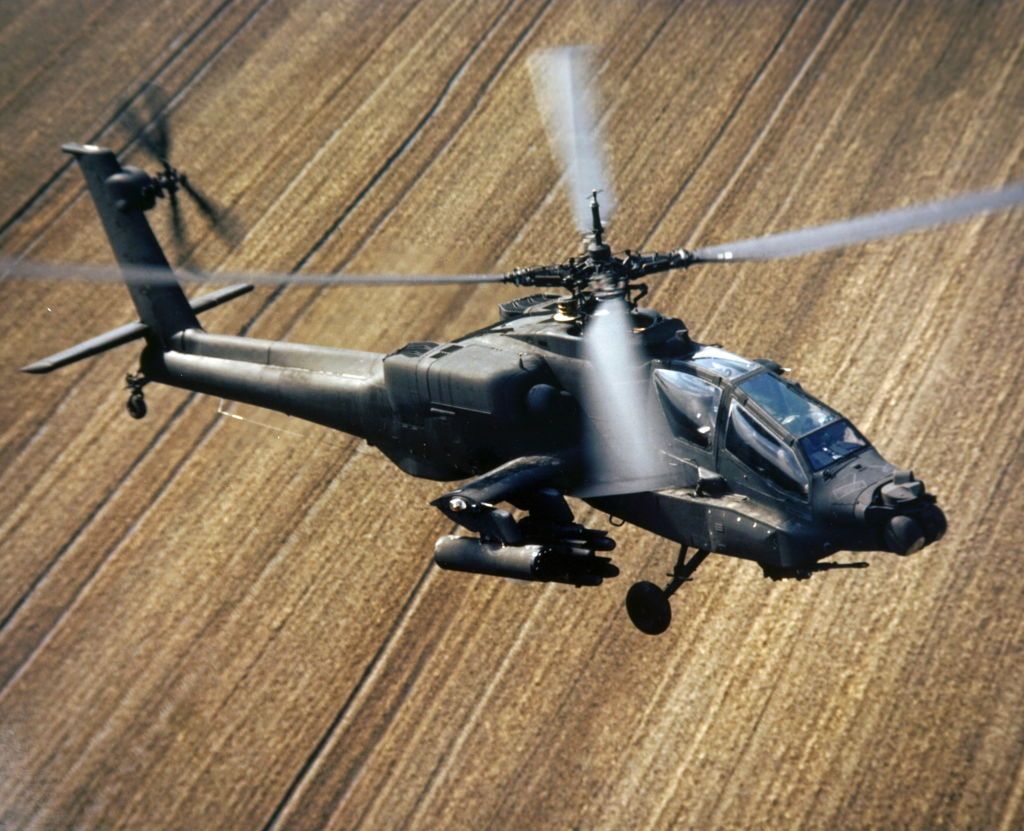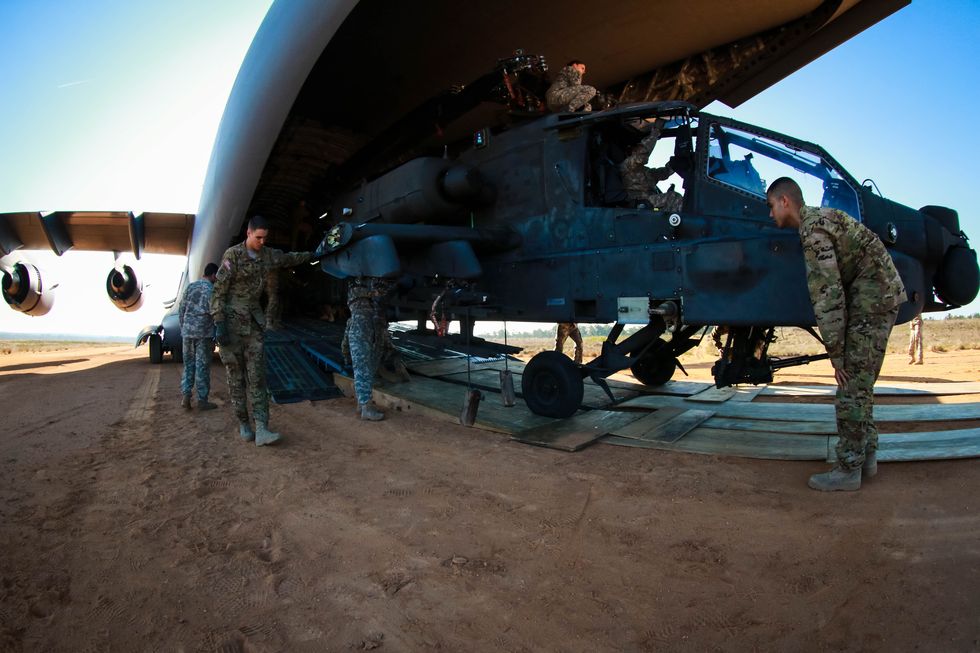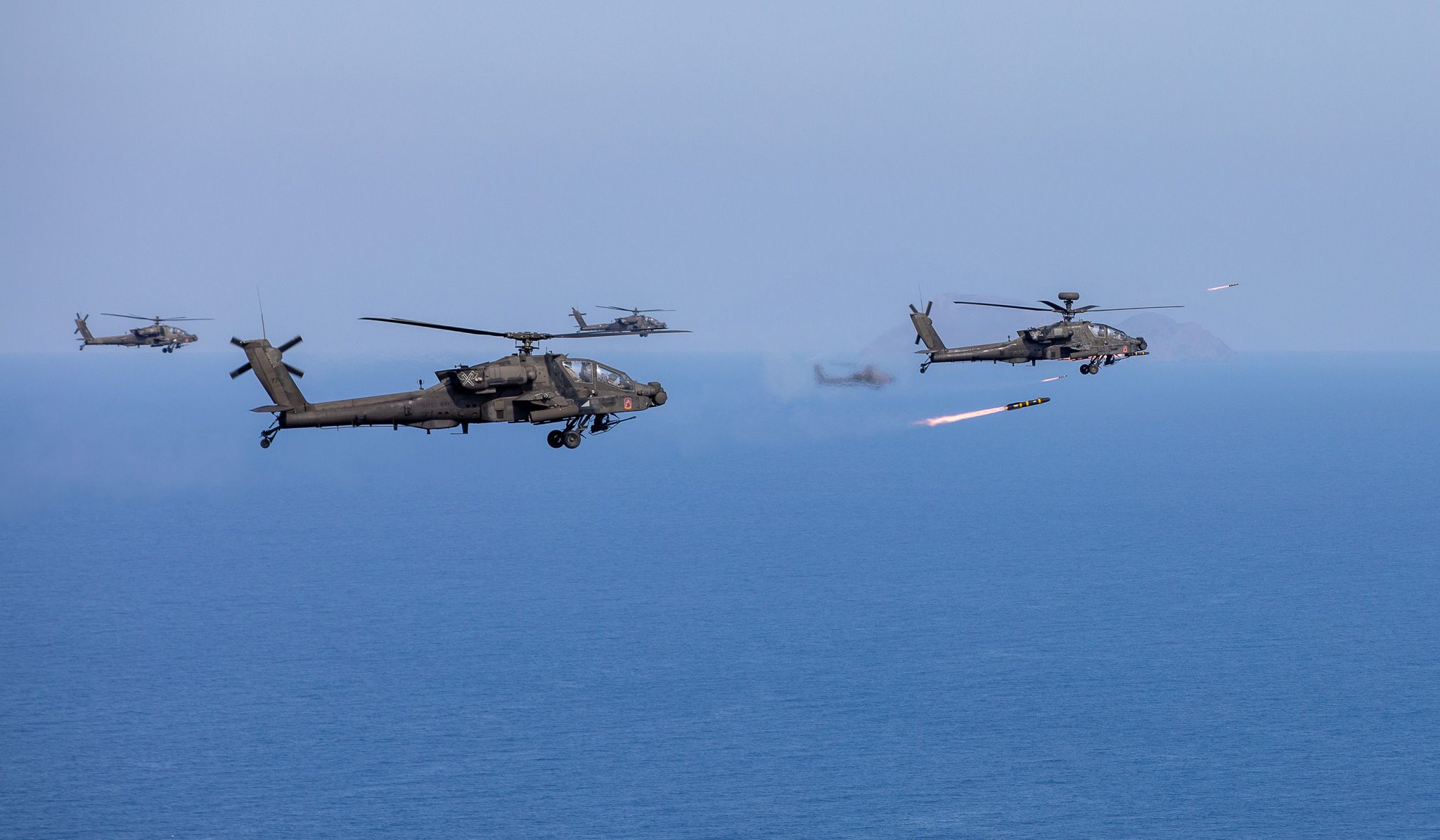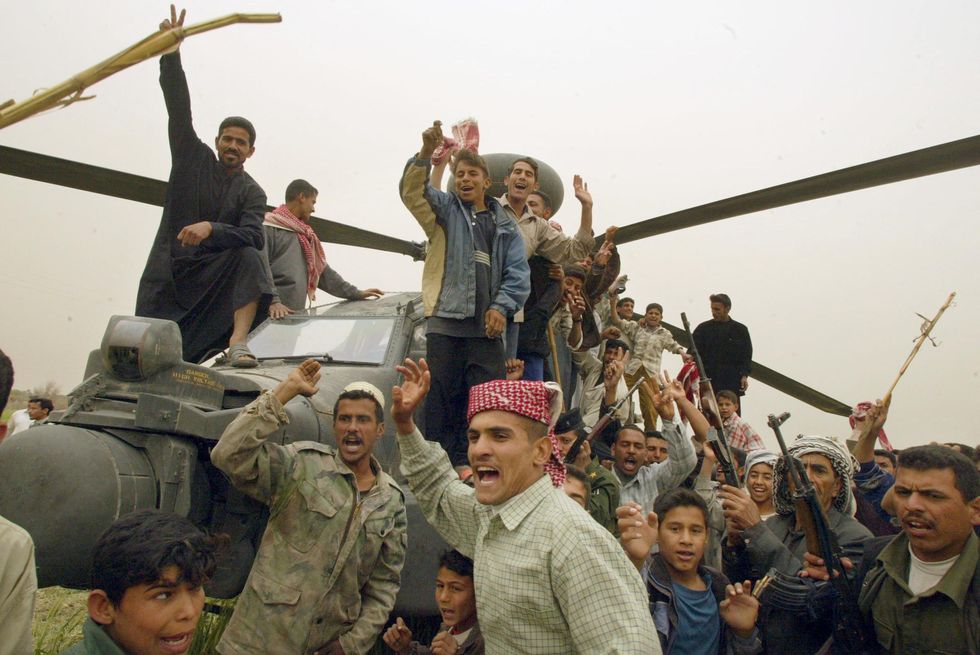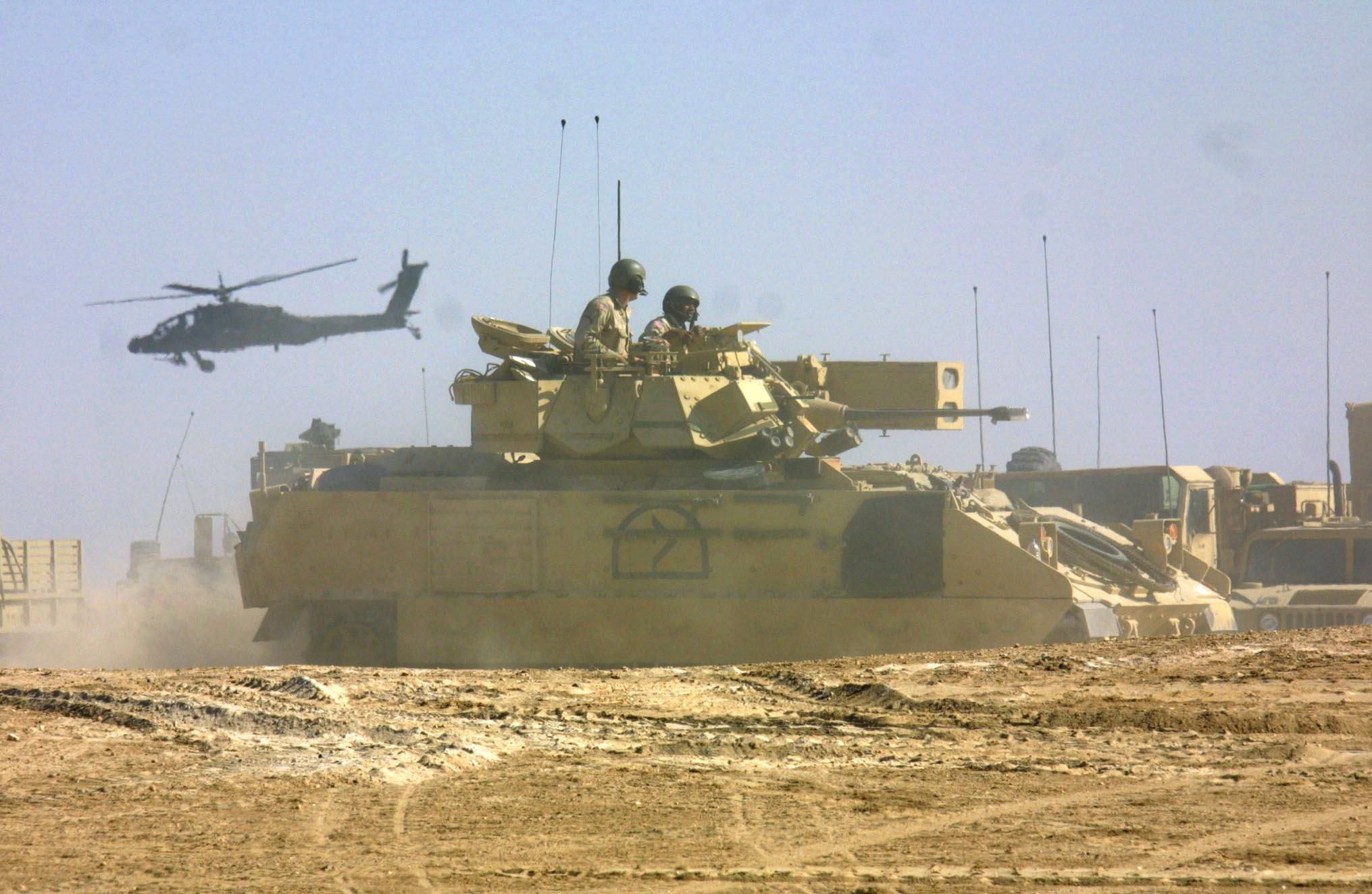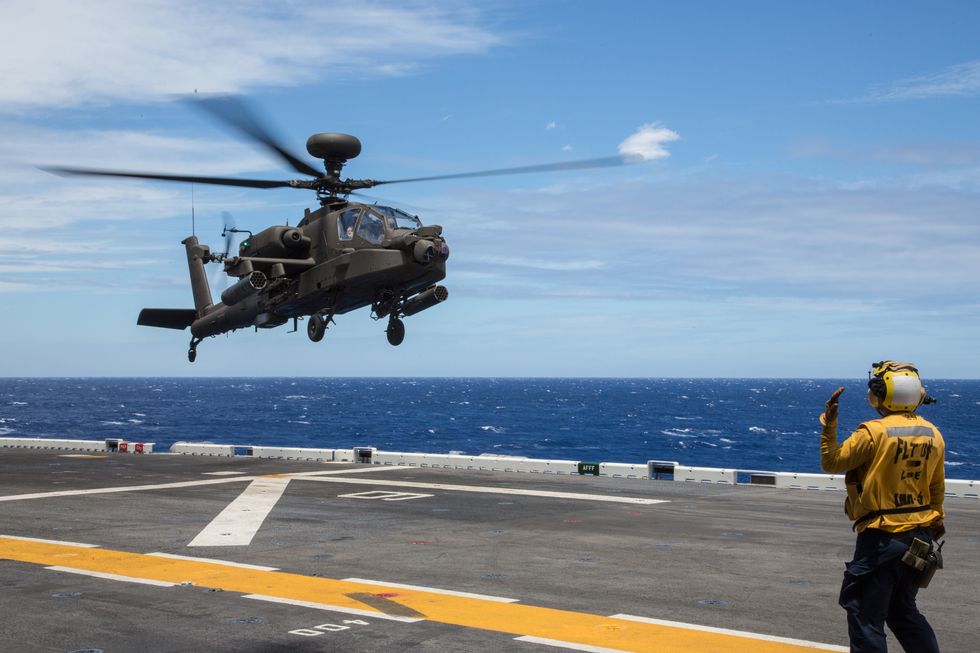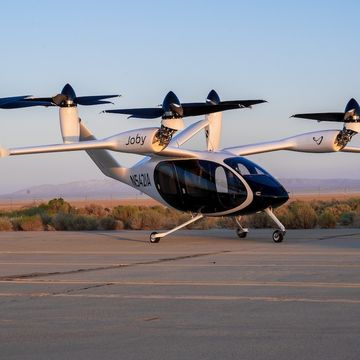Among the weapons in the U.S. Army’s arsenal, none epitomizes the service the way the heavily armed, heavily armored AH-64 Apache attack helicopter does. The Apache has proven equally adept in the Middle East, Central Asia, Africa, and elsewhere, and has a proven track record of fighting wide-ranging foes from guerrillas to main battle tanks. Being the most successful attack helicopter of all time, the Apache is as adroit and lethal as the Army itself thanks to a slew of steady upgrades. Here’s what makes it so incredibly badass.
Cold War Origins
In the late 1960s, the U.S. Army fielded its first attack helicopter, the AH-1 Cobra. Developed from the UH-1 Huey as an armed helicopter escort and close-air support platform, the Cobra was highly effective in the jungles of Vietnam, but suffered from its own limitations. The Cobra had only a single engine, a shortcoming that limited its payload and operating altitude, and lacked redundancy if enemy fire damaged the engine. The Cobra also lacked a long-range sighting system and equally long-range weapons, forcing the crew to get in close and strafe enemy targets—exposing the pilot and crew to anti-aircraft gunfire.
In the 1970s, with Vietnam in the rear-view window, the Army decided it needed a new attack helicopter, one designed from the ground up to deliver ordnance against ground targets. The Army’s attention had been reoriented toward defending Western Europe from the Soviet Union and the Warsaw Pact, which maintained more than 45,000 tanks on NATO’s doorstep. If it came to war, NATO would be outnumbered, and a flying tank killer would go a long way toward blunting an enemy attack. The Army, which had begun fitting TOW anti-tank missiles on Cobra helicopters to destroy Soviet tanks, also wanted a new long-range missile as the helicopter’s primary armament—one that could turn tanks like the T-62 and T-72 into piles of scrap from outside the range of enemy air-defense guns.
Stung by the loss of more than 5,000 helicopters during the Vietnam War, the Army also wanted an attack helicopter that could survive in a lethal air-defense environment. The armies of the Soviet Union and its allies would protect their advancing tank columns with handheld surface-to-air missiles like the SA-14 shoulder-fired missile; the ZSU-23-4 “Shilka,” a tracked armored vehicle equipped with four radar-controlled 23mm rapid-fire cannons; and the 9K33 “Osa” surface-to-air missile system. An armored cabin, blades, and two engines for redundancy were considered essential upgrades for any second-generation attack helo.
Enter the Apache
Chosen in 1976 as the winner of the Army’s Advanced Attack Helicopter program, the AH-64 Apache entered service in 1985. The spindly, insectoid Apache looked like it was moving even while sitting still on the tarmac. The helicopter was powered by two GE T700 turboshaft engines, each generating up to 1,695 shaft horsepower, giving the aircraft a top speed of 189 miles per hour. The four-bladed main rotor can be folded for transport in C-17 and C-5 transport aircraft.
The Apache’s “killer app,” the key capability that made it indispensable on the battlefield, was its ability to fire the new AGM-114 Hellfire missile—a laser-guided anti-tank missile with a range of 8 kilometers, or more than double the range of the older TOW missile. The Apache could carry up to 16 Hellfires at once, and a single helicopter could theoretically destroy an entire company of ten Soviet tanks, all while staying out of range of enemy air defenses. Alternatively, the Apache could carry eight Hellfires and two pods of 19 Hydra-70 70mm unguided rockets (effective against dismounted infantry or light armored vehicles) or four pods of Hydra-70 rockets.
The Apache’s only built-in weapon is the M320 chain gun. This single-barrel 30mm aircraft cannon fires eight-ounce shells at a rate of 625 rounds per minute. The high-explosive, dual-purpose projectiles are designed to decimate enemy troops, soft-skinned vehicles like trucks and jeeps, and even light armored vehicles like the BTR-70 armored personnel carrier. A complex aiming system known as the Target Acquisition and Designation Sight allows the aircrew to aim the weapon at a target by merely pointing his or her head at it.
The Apache was one of the first weapon systems to include forward-looking infrared night vision. The Target Acquisition and Designation Sight/Pilot’s Night Vision Sensor (TADS/PNVS) allowed Apache pilots to target the enemy at night, or in daytime locate armored vehicles in brush or other cover that were running their engines, producing a “hot” thermal signature. This also allowed Apache crews to see through battlefield smoke and smokescreens—even Warsaw Pact smokescreens—taking away a major advantage from an advancing enemy force.
Tactics
The Apache is best described as a tank sniper, using the range of its Hellfire missiles to destroy armored targets at long range. This keeps air-defense threats to the helicopter at a minimum, gives the crews time to identify and engage their targets, and quickly works against enemy morale. Under ideal conditions, four Apache helicopters—with a total of 64 Hellfire missiles, engaging a battalion of 31 T-72 tanks at six kilometers—could wipe it out in a matter of minutes.
In Western Europe during the Cold War, Apaches trained to work together with Air Force A-10 Warthog jets and Army field artillery to stop massed Soviet tank attacks. In a concept known as the Joint Air Attack Team, a barrage of artillery would suppress enemy anti-air systems, forcing gunners to take cover and damaging radars and missile systems. After the artillery ceased, Apaches and Warthogs would open fire with Hellfire and Maverick missiles, savaging the Soviet advance.
In the 1990s and early 2000s, it was widely expected that Apaches could conduct “deep attacks” against targets behind enemy lines. This was an unrealistic expectation laid bare during the 2003 invasion of Iraq, when 32 Apache helicopters of the 11th Attack Helicopter Regiment conducted a deep attack on the Iraqi Republican Guards Medina Division. The raid involved flying over population centers, giving up the element of surprise, and allowed anyone with a gun to open fire on the raiding party. Enemy fire was so heavy that 31 helicopters were damaged and one was shot down, resulting in the capture of two aircrew. The raid was the end of the Apache—or any armed helicopter for that matter—as a platform expected to overfly the enemy, and standoff attacks at a distance became the preferred method.
In lower intensity conflicts such as Afghanistan or post-invasion Iraq, Apaches excel at close-air support, screening, and convoy protection to U.S. and other ground forces. The Apache’s electro-optical sensors allowed the crew to observe possible enemy forces and differentiate between friendly and enemy forces and unarmed civilians, even at night. The lack of surface-to-air missiles or anti-aircraft guns made Apaches largely invulnerable to enemy fire, and their speed and agility meant they could quickly react to a report of troops in contact with the enemy.
Combat Record
The AH-64’s baptism of fire took place in December 1989, during the American invasion of Panama. Eleven Apaches, flown into the Central American country before the invasion, used their Hellfire missiles to provide surgical strikes in support of ground troops at night. The need for the element of surprise restricted the amount of hardware that could be brought to bear against Panamanian forces, and the Apaches were likely the only aerial platform in-theater capable of fighting at night, delivering precision-guided ordnance, and communicating with ground forces.
Nine months later, Apaches of the 101st Airborne Division (Air Assault) deployed to Saudi Arabia in response to the Iraqi invasion of Kuwait. The Apaches were first tasked with defending the oil-rich country if Saddam Hussein continued his drive south, but in November were reinforced with other Apache units from the continental U.S. and Germany. After January 1991, when the international coalition attacked to liberate Kuwait, Apaches were credited with the destruction of 278 tanks and 900 other targets.
After 9/11, Apaches were deployed to Afghanistan, where they provided close-air support and convoy protection for U.S. and coalition troops. Apaches fulfilled a similar role against the Iraqi insurgency and against Islamic State forces operating in Syria and Iraq. Ironically, though designed for the European battlefield, the AH-64 has never actually fought in Europe.
The Future
The AH-64 is expected to serve for at least another 20 years, with the Army expecting the helicopter to serve “well into the 2040s.” The latest version, the AH-64E Apache Guardian, is the third Apache generation and includes a Modernized Target Acquisition Designation Sight/Pilot Night Vision System (MTADS/PNVS); the replacement for the Hellfire missile, the new Joint Air to Ground Missile (JAGM); improved engines; composite rotors; the ability to search for targets at sea; and the ability to control drones. The integration of drones like the MQ-1 Gray Eagle and MQ-2 Shadow into Apache units allows helicopter crews to send drones into dangerous areas first, identifying threats and targets without endangering helicopters and crews.
The Takeaway
The AH-64 Apache set a new standard for attack helicopters, spawning a league of international competitors including the Eurocopter Tiger, Ka-52 Alligator, and the Changhe Z-10. None, however, have a combat record anywhere near as impressive as the Apache. The Apache is so good at what it does that it’s doubtful if a new helicopter, tiltrotor, or other aircraft type introduced today would bring enough new capabilities to make it worthwhile.
Will the Apache really make it to 75 years? Count on it.

Kyle Mizokami is a writer on defense and security issues and has been at Popular Mechanics since 2015. If it involves explosions or projectiles, he's generally in favor of it. Kyle’s articles have appeared at The Daily Beast, U.S. Naval Institute News, The Diplomat, Foreign Policy, Combat Aircraft Monthly, VICE News, and others. He lives in San Francisco.
